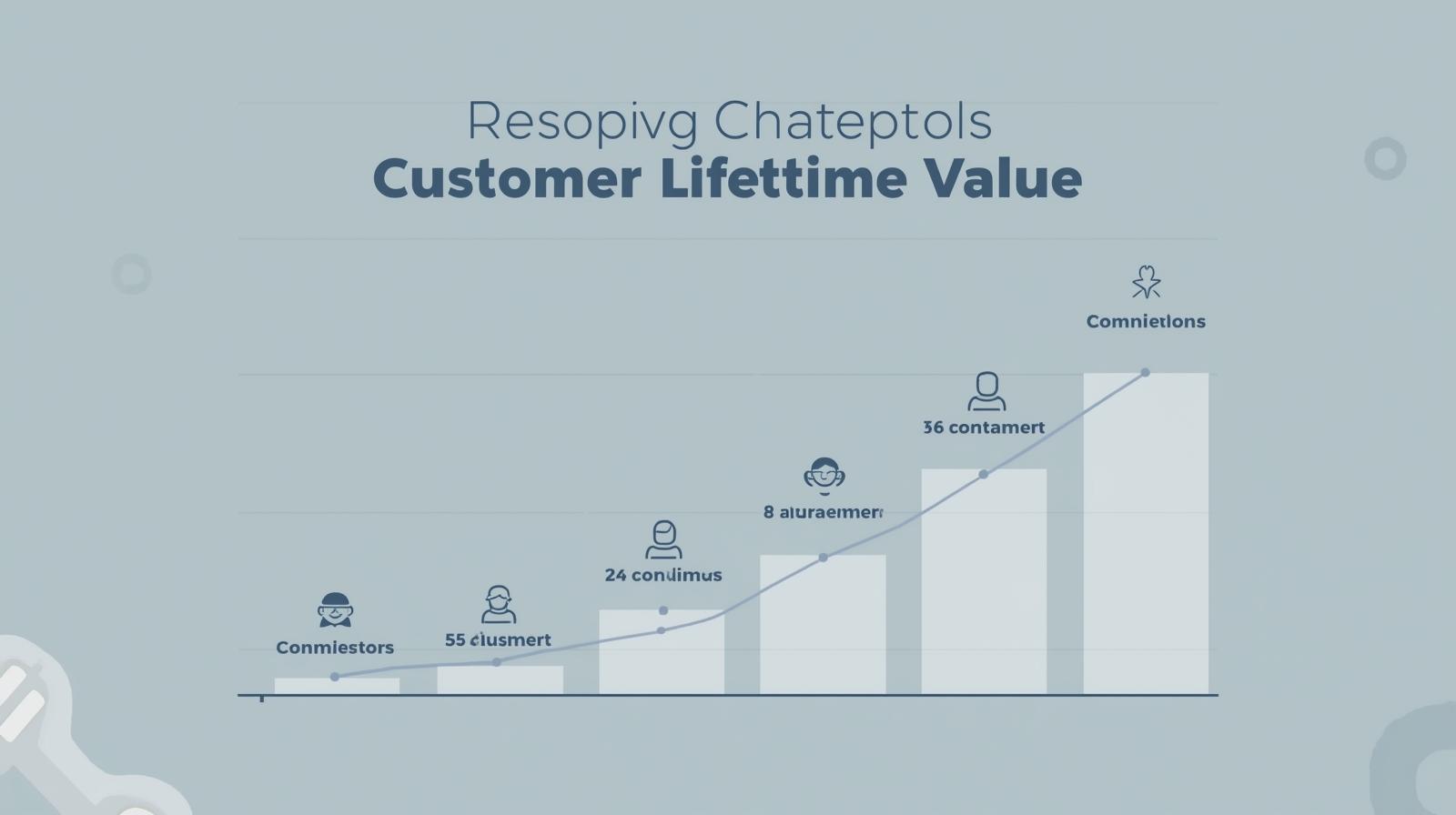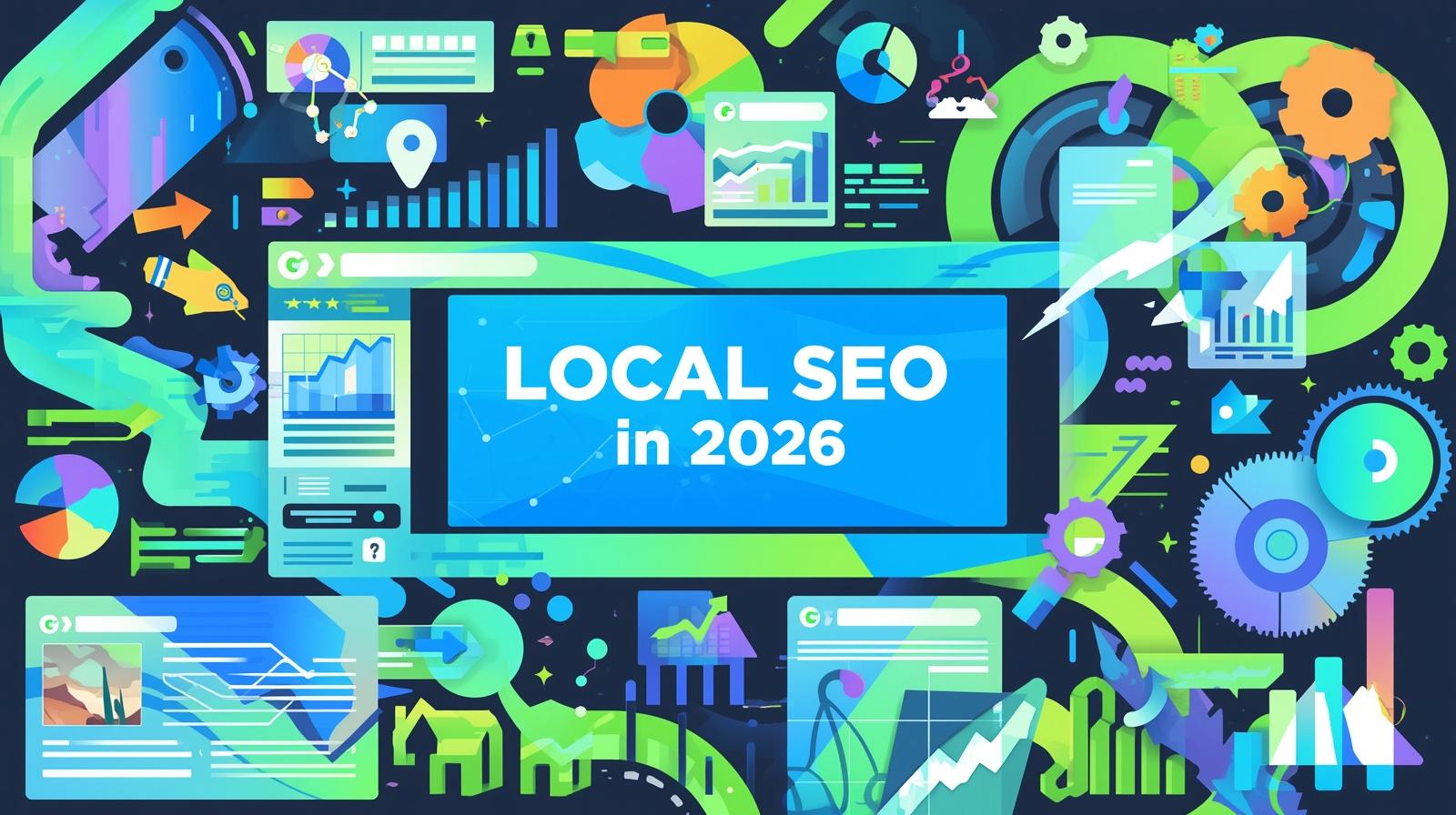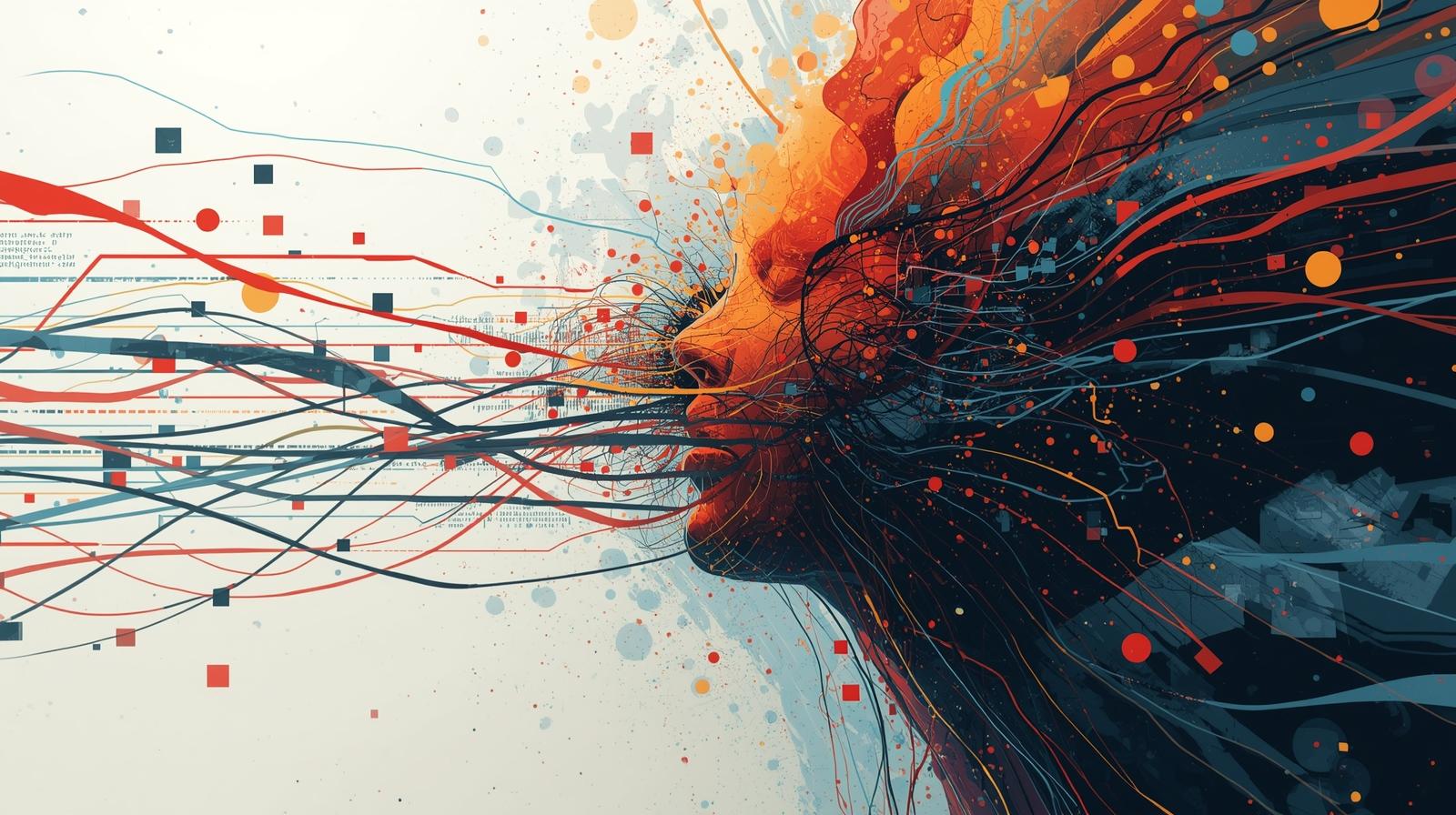What do you understand by emotional design when it comes to creating thoughtful and meaningful advertisements?
Emotional design is the aspect of storytelling where you can touch a nerve in customers’ minds through your creativity in ad design. The main aspect of emotional design is storytelling. Storytelling focuses on visuals like layout and colour, along with human elements like symbols and mascots that evoke feelings of belonging, trust and joy in customers’ minds. By leveraging storytelling to design advertisements, you can deliver a positive user experience. It creates a long-lasting memory of the ad that influences the purchase decisions of the customers and fosters loyalty towards the brand. Some creative ads drove 7-figure results, which brands made possible by embedding storytelling in ad design.
If you leverage effective storytelling in the advertisements, you are creating ads to make people feel connected and attached to the story. It is only possible when you understand the values and motivations of your target audience. By designing a cohesive advertisement for your target audience using storytelling, you create a lasting connection with the audience that fosters an emotional response and builds a connection that goes beyond functionality. In this blog, we will understand strategies to create advertisements that use emotional design and storytelling.
How Storytelling Helps in Designing Ads? Let’s Look at Various Aspects of Emotional Design in Creating Ads
Emotional design is a fruitful design approach whose focus is on creating meaningful experiences for customers that trigger their emotions and create a lasting bond between users and products. The emotional aspect in advertisement design evokes feelings of excitement, confidence, delight, and even surprise when users interact with the product. Designers can achieve this by including the elements of typography, images, colours, layouts and creative storytelling into the ad design.
The emotional design aspect in storytelling lets customers engage with the ad even more. As opposed to simple and ineffective ad designs, storytelling in ads generates an emotional response in customers’ minds. These emotions can be anything ranging from trust, anger, joy, surprise, excitement, fear, etc. Let’s explore these emotions and see how they transform into a creative ad that evokes an emotional response in customers.
Instant Happiness and Satisfaction
Some advertisements deliver instant satisfaction by enabling users to understand the urgency in the message. The advertisements delivering “urgency” in their messaging make people get their hands on the products right away.
These advertisements are designed using key terms like “get instant access”, “within 24 hours”, “now”, “today”, etc. In the domain of emotional advertising, these are some of the important aspects which don’t make the audience wait. As soon as the customers see the advertisement, they are convinced of the instant results they will get from the shown product. This is because such ads are generating instant gratification. For example, the loan and health insurance advertisements offer instant value to the customers, which lets them feel instant satisfaction about the features and values offered by the ad.
Happiness
Some brands want to create a happy image in customers’ minds when it comes to their products. For example, the beverage brands like Coca-Cola and Pepsi show the messaging of positivity, laughter and smiling faces in their advertisements, which have a positive emotional appeal.
By creating positive advertisements, brands create a positive emotional response in customers’ minds that enhances customer engagement and fosters brand loyalty. For example, the “Choose Happiness” campaign by Coca-Cola in 2015 allowed customers from all over the world to share their positive experiences and memories that filled their summers with joy and excitement.
Fear
Fear is also a powerful marketing tool that leaves a lasting impression on customers’ minds. For example, the widespread tobacco advertisements show the dreadful consequences of consuming tobacco products. It creates such a horrible image for customers that tells them the consequences of the product.
Evoking the emotion of fear through the tobacco advertisements lets consumers think more critically about the product. While they may not stop purchasing or consuming tobacco, the image of dreadful consequences stays with them for all their life. If you ask somebody what they get from a tobacco ad, the feelings would be mutual.
To Sum Up
Every ad tells a story. Each story evokes a certain emotion in your mind, doesn’t it? Some stories evoke happy memories in your mind, while some instil fear. Some have a cheerful appeal, while some are straightaway blunt and evoke anger. Whichever the case, such ads are strongly generating a response among customers, be it happy, angry, love, irritation, fear, excitement and much more. To create emotionally intelligent advertisements, you should focus on clear messaging and creating strong ad copy. Without a compelling ad copy, your message may be lost on the audience. You can reach out to our marketers and experts at VerveOnlineMarketing, a prominent performance marketing agency in India, to get tailored advertisements for your brand.






